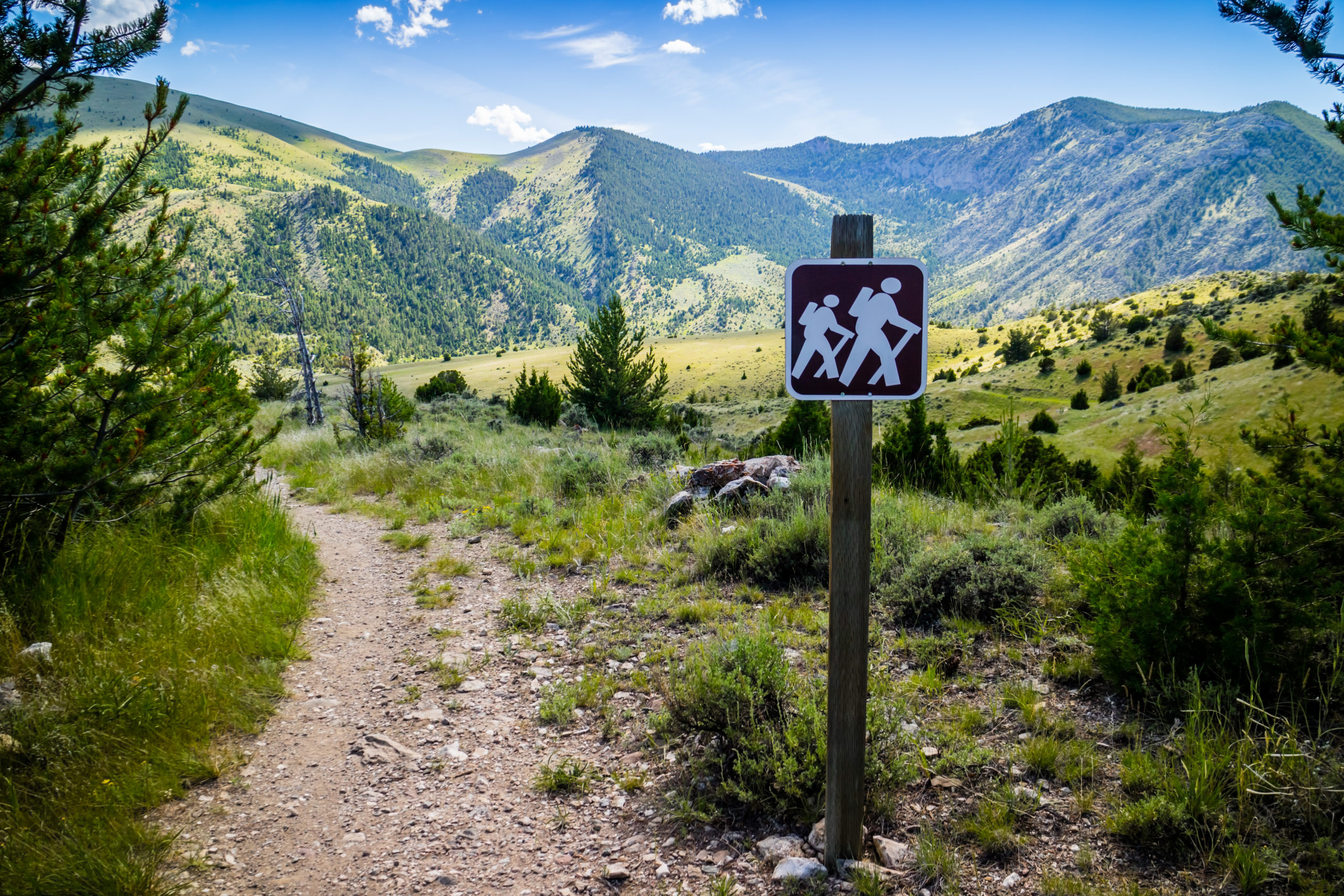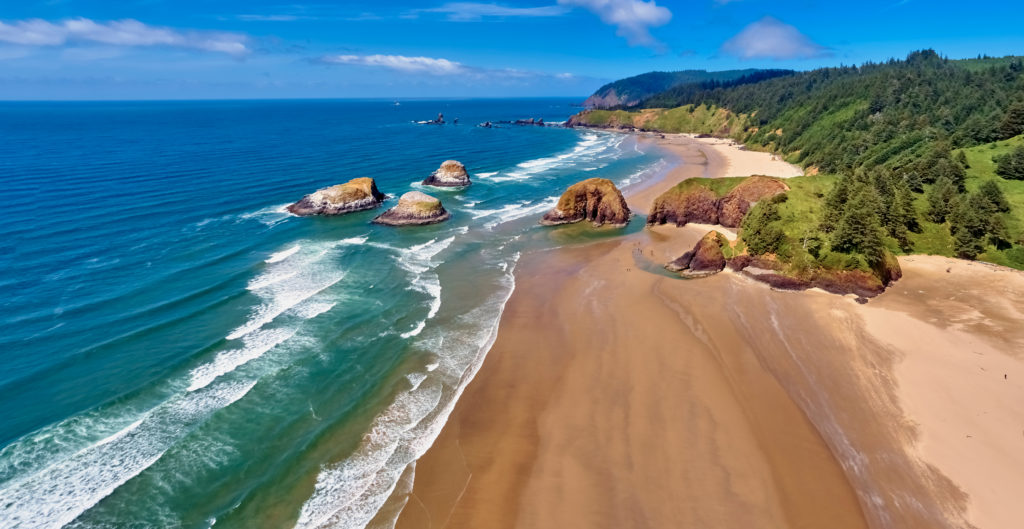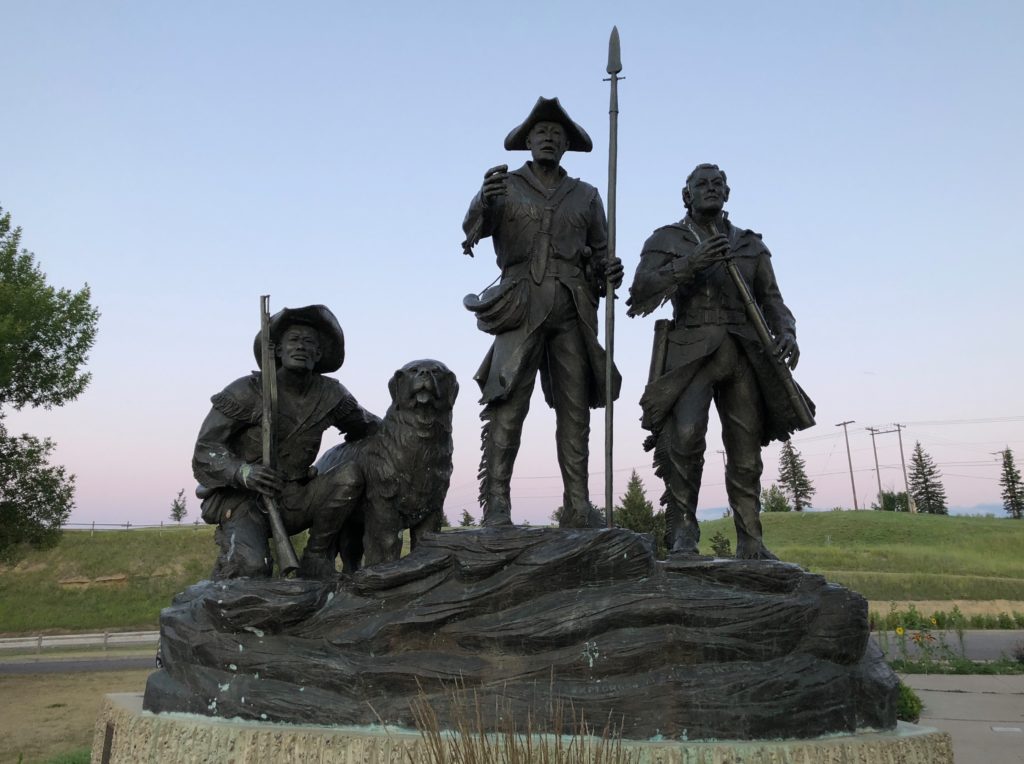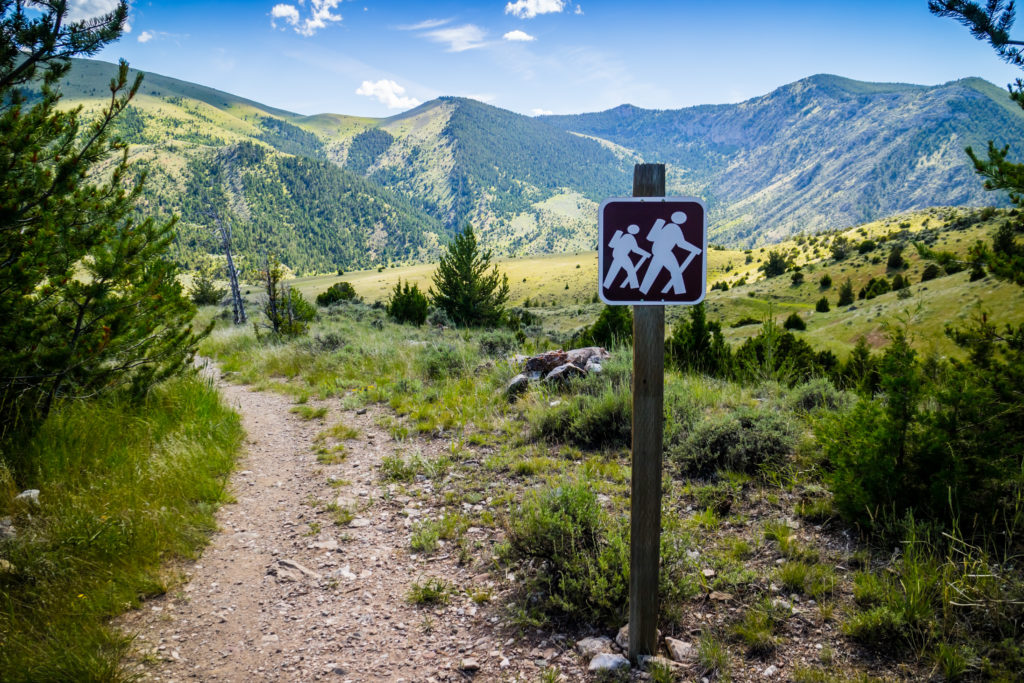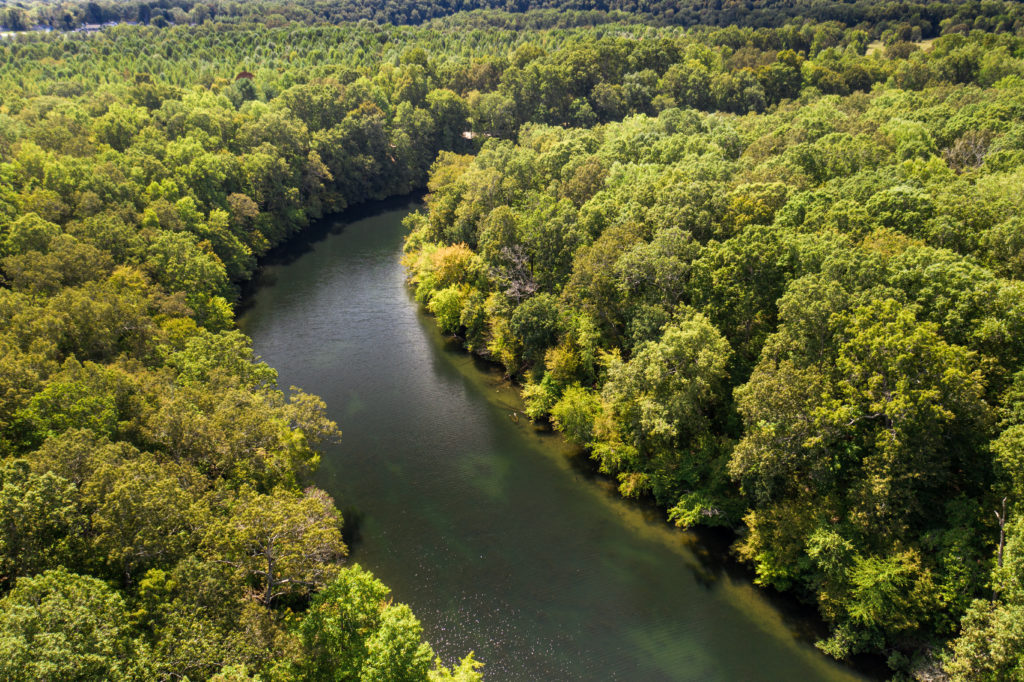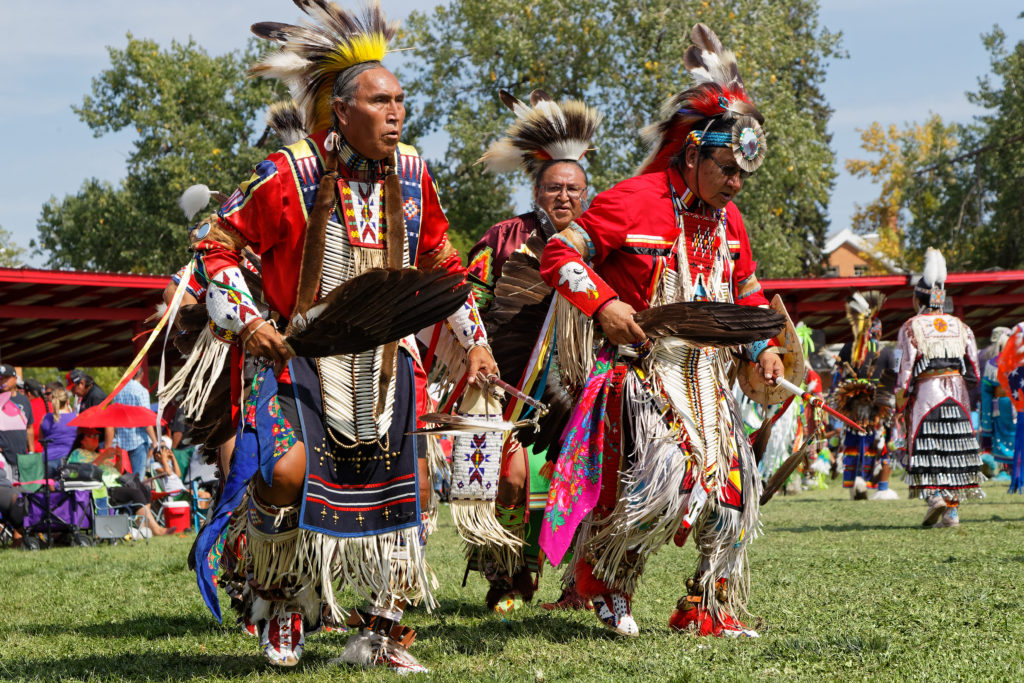When it comes to tourism experiences in the United States, there is arguably none as large in scale or impact as the Lewis and Clark National Historic Trail (LCNHT). The trail spans 4,900 miles and is accompanied by over 6,000 miles of driving routes across 16 states, from Pittsburgh, Pennsylvania to the Oregon’s Pacific Coast. It is a trail equal in size to the distances from Anchorage to Cancun, from Paris to Mumbai, or from Cairo to Cape Town. Needless to say, the trail is massive, and has a potentially huge impact on any town or community it runs through as a result.
The interesting part about the trail however, is that even though it is administered by the National Park Service, they own almost none of the land along the trail. Instead, the route is owned and operated by the stakeholders that call each place along the trail home. They are the people who can help better the trail, and, in turn, make the trail better for them and their communities. But who are these stakeholders? What importance do they actually play in the trail’s success? We hope to answer these questions as we discuss the roles these people have in one of the biggest tourism networks on the planet.

Who are the Stakeholders of the Lewis and Clark National Historic Trail?
Stakeholders are individuals or groups that have an interest in, or are impacted by, the decisions, operations, and success of a business. In this case, it is anyone who has an invested interest in the success of Lewis and Clark National Historic Trail. These stakeholders can range from federal government organizations to individual business owners. Most stakeholders for the Lewis and Clark National Historic Trail fall into one of the following six categories:
1. States
The trail is split up into five regions. It begins in the Ohio River region, which includes Indiana, Kentucky, Ohio, West Virginia, and Pennsylvania. It continues through the Missouri Traverse region, which includes Illinois, Kansas, Nebraska, Missouri, Iowa. The trail then flows through the Great Plains region of North Dakota and South Dakota, and the Plains to Peaks region of Montana and Idaho. It finishes in the Columbia River region of Oregon and Washington. People from every state mentioned here collaborate to run activities along the trail, whether they are from official state tourism departments, state parks teams, or any other state-level government agency.
2. Native American Tribes
The American Indian Alaska Native Tourism Association (AIANTA) helps the project by leading the charge to promote native-owned businesses and communicate with tribal lands along the trail. The Lewis and Clark National Historic Trail passes through 15 reservations, as well as the historical lands of many more tribes that have since moved. Each tribe has interpretive centers, museums, festivals, and restaurants that all showcase Native traditions and their side of the Lewis and Clark story. The American Indian Alaska Native Tourism Association is our valued partner in facilitating these relationships.
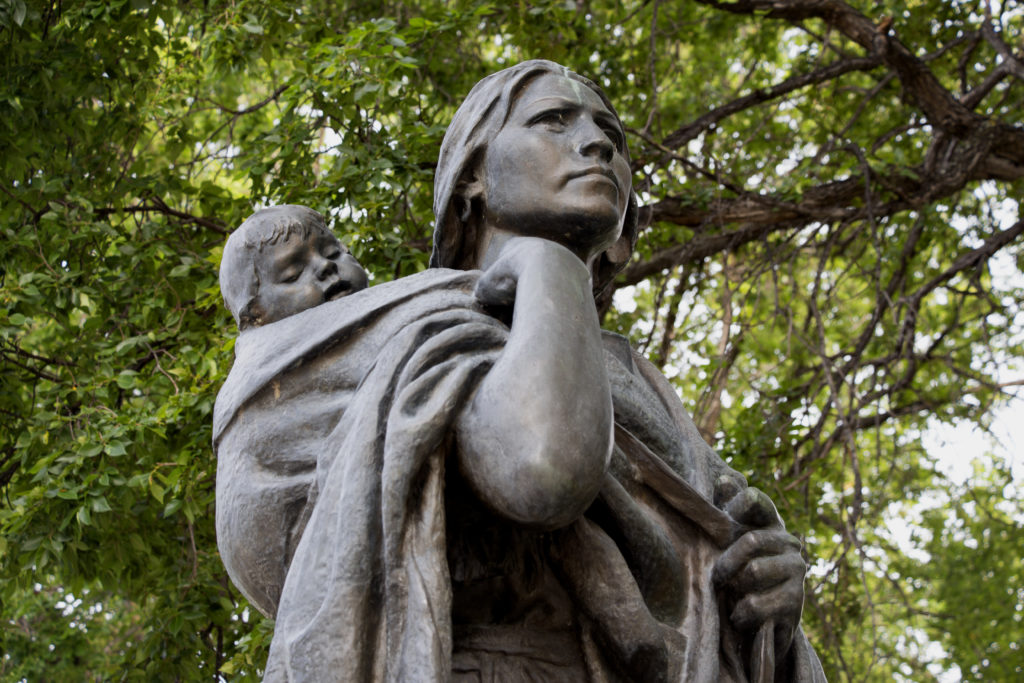
3. Federal Land Managers
The National Park Service, Bureau of Land Management, National Forest Service, and the U.S. Fish and Wildlife Service all oversee and manage land on the trail. Anytime the trail passes through a national park, national forest, or any other land operated by the federal government, these guys help keep it the healthiest and most thriving it can be.
4. Volunteer Groups
Many local destination marketing and management organizations, interpretative teams in parks, or local museums are made up of volunteer groups working to bring people to their town. They do incredible work and are deeply passionate about their jobs. The LCNHT provides them with great opportunities to grow tourism in their hometowns and achieve their goals.
5. Nonprofit Groups
Nonprofit groups like the Lewis and Clark Trust and the Lewis and Clark Trail Heritage Foundation work to educate the public and preserve the land and history of the trail. They contribute greatly to the interpretive information presented about the trail’s history. Many other local nonprofits that have a mission to solve a problem or promote a topic lie along the trail. The popularity of the LCNHT makes it easier to bring visitors to their communities and raise awareness for their causes.
6. Private Sector
Lastly, the private sector comprises all the privately-owned businesses along the trail. This includes hotels, bed and breakfasts, restaurants, gift shops, tour operators, wineries, breweries, and more. This is mainly made up of local residents who live along the trail, and they have a huge impact on its success.

Why Lewis and Clark National Historic Trail Stakeholders are Essential
As previously mentioned, the National Park Service may be advertising and managing the trail, but the actual attractions and points of interest along the trail are owned by the locals. This is a type of tourism called geotourism, in which the goal is to promote the unique character of a place. This is best done through local collaboration. People are usually proud and passionate about the place they live, or the community they are a part of. The Lewis and Clark National Historic Trail hopes to tap into that passion by asking the locals along the trail to help with its promotion and marketing.
The main way of doing this is via the LCNHT website and its interactive map. The tourism team at Solimar International who operate the website know that a full knowledge of everything to do in every town along the trail is hard to have, if not impossible. The way they combat this is by having local business owners submit their business to be featured on the website’s map. Soon enough, the whole map will be filled with local spots to eat, shop, drink, and play. This gives a sense of authenticity to tourists, and economic and cultural prosperity to the locals. Research shows that local collaboration makes tourism destinations succeed and be viewed positively in the eyes of locals. Stakeholders of the Lewis and Clark trail are what make the trail what it is, and their collaboration is paramount to the success of it as a tourist destination.
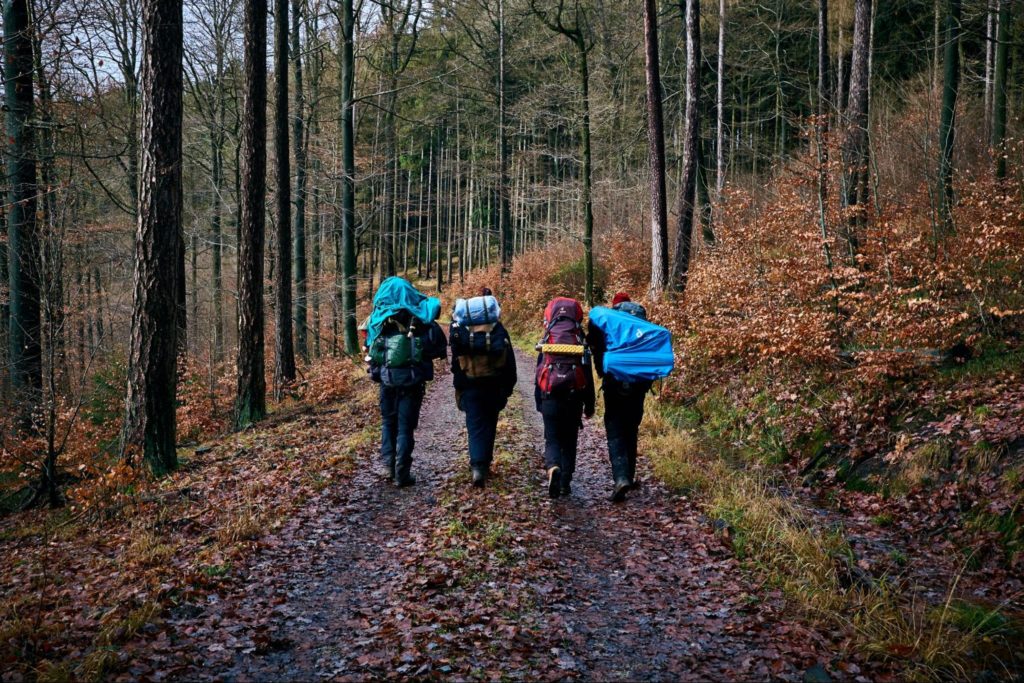
How You Can Get Involved in the LNCHT as a Stakeholder or Tourist
There is a lot of potential for the Lewis and Clark National Historic Trail to impact communities around the United States in a positive way. If you or someone you know lives along the trail, the best way to get involved is to make an account on the Lewis and Clark Travel website. From there, you can submit local points of interest to be featured on our interactive map. The listing could be as big as a national park, or as small as your local small business. Other than that, it comes down to learning more about the relationships between communities and the tourism industry. Learning how to showcase your town, no matter how small, can help attract people from all around the United States and beyond.
For more information on how communities and stakeholders can enhance the tourism industry (and vice versa), check out our blogs on community-based tourism, stakeholder engagement in destination planning, and how stakeholders embraced tourism in Armenia. We hope to see you all exploring the trail sometime soon!


